How to Keep Your Birds at an Optimal Temperature with Bird Cage Heater
In this blog you will dirscover how to keep your bird cage and birds at an optimal temperature so that they keep being healthy, happy and comfortable!
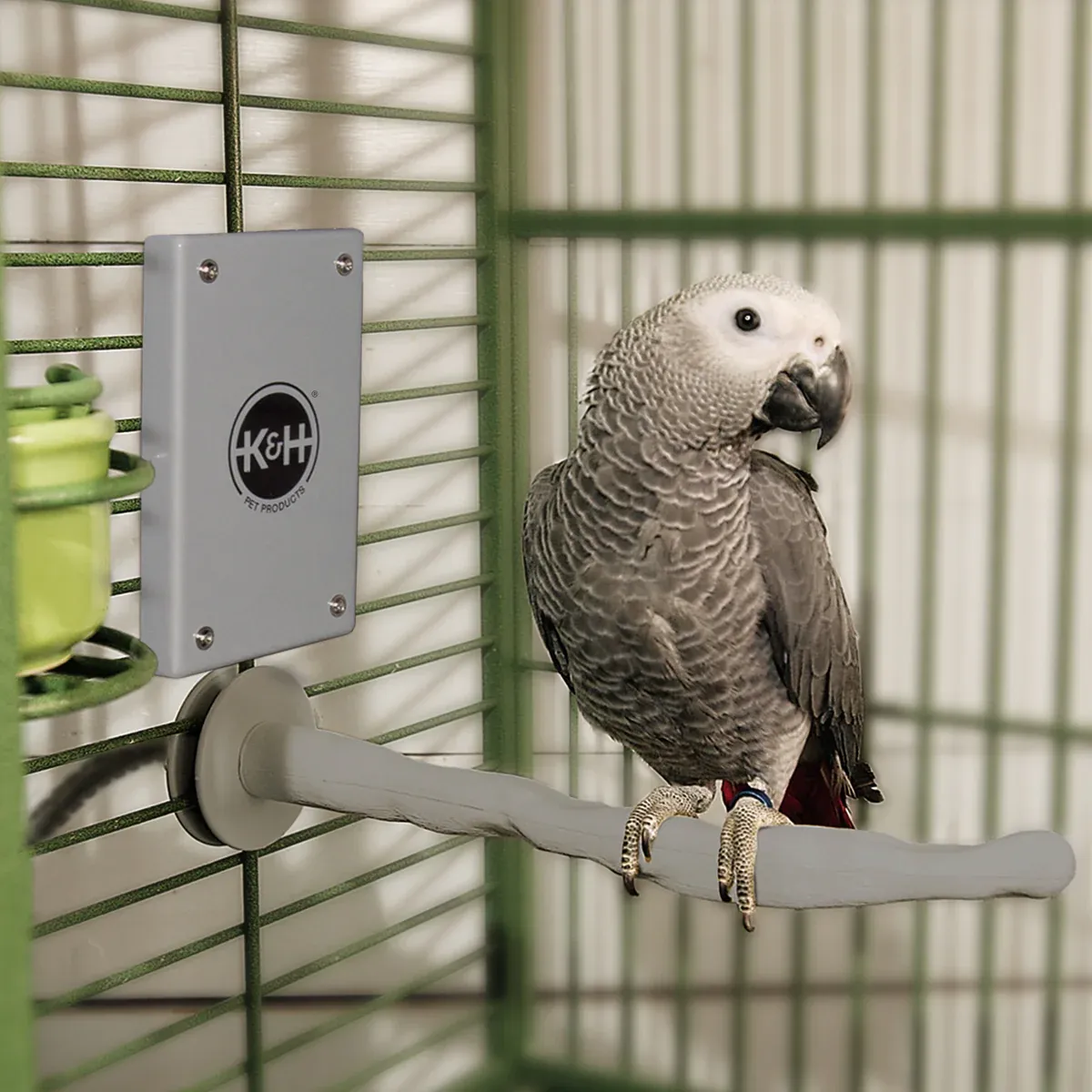
Birds are lovable creatures that can make a great addition to your home. However, to ensure that they remain healthy and happy, you need to provide all the necessary living conditions. One such condition is the right temperature for your bird cage. Birds are sensitive to temperature changes, and if the temperature is not optimal, it can affect their health.
Birds are quite sensitive to temperature fluctuations and require a consistent, warm environment in order to stay healthy and comfortable. To keep your bird cage at the right temperature, it is important to consider the type of bird, its age, and the size of the cage. Here’s how you can best heat your bird cage for optimal comfort using for example bird cage heater.
Understanding the Optimal Temperature Range for Birds
Before we explore ways to maintain the optimal temperature, it’s important to understand the right temperature range for birds. Generally, the optimal temperature range for most birds is between 65°F to 80°F. However, the exact temperature can vary depending on the bird species you have.
For instance, if you have a tropical bird species like a parrot, they may require a slightly higher temperature range of 75°F to 85°F. Similarly, if you have a bird species that is native to colder regions, like a finch, then they may require a temperature range of 50°F to 70°F. Therefore, it’s essential to research and understand the optimal temperature range for your bird species. Always make sure that you know the ideal temperature for your feathery friend before attempting to heat their living space.
Electric Heating Sources
The most common way to heat a bird cage is by using an electric heating source such as a ceramic heater or thermostatically controlled heated perch. Ceramic heaters are designed to emit infrared light that helps keep your bird warm without ever getting too hot or too cold. Thermostatically controlled heated perches also help keep your bird warm without ever becoming too hot or too cold on their feet. Both these options will help regulate the temperature inside the cage so that it never goes above or below what is safe for your feathery friend.
Proper Placement of Heating Sources
When placing heating sources in your bird's cage, make sure that they are not placed directly in front of any air vents so that air circulation isn't blocked off. Also, make sure they are not near any flammable materials as this could be dangerous if something were to catch fire in close proximity to where your feathered family member lives! And finally, when placing heaters in or around the cage make sure they are not accessible by beak so that they cannot be chewed on or pulled out by curious birds.
Utilize a High-Quality Thermostat
One of the easiest ways to keep your bird cage at an optimal temperature is to use a high-quality thermostat. A thermostat can help you monitor the temperature and adjust it accordingly. You can find thermostats that are specifically designed for bird cages. These thermostats are easy to use and make temperature control a breeze.
Utilize a High-Quality Bird Cage Heater
If you live in an area that experiences colder temperatures, it’s important to ensure that your bird cage is warm enough. You can utilize a high-quality heater to ensure that the temperature inside the cage remains within the optimal temperature range. However, it’s important to ensure that the bird cage heater is not too close to the bird’s cage and is placed in a safe location.
Keep the Bird Cage in a Suitable Location
The location of your bird cage also plays a significant role in maintaining the optimal temperature. Keep your bird cage away from direct sunlight or cold drafts as they can affect the temperature. Also, ensure that the bird cage is not near air conditioning or heating vents as they can create temperature fluctuations.
Provide Additional Warmth for Your Birds
Lastly, if you notice that your birds are still cold or shivering, you can provide additional warmth by adding heating pads or blankets in their cages. However, ensure that they are safe and do not pose any risk of fire.
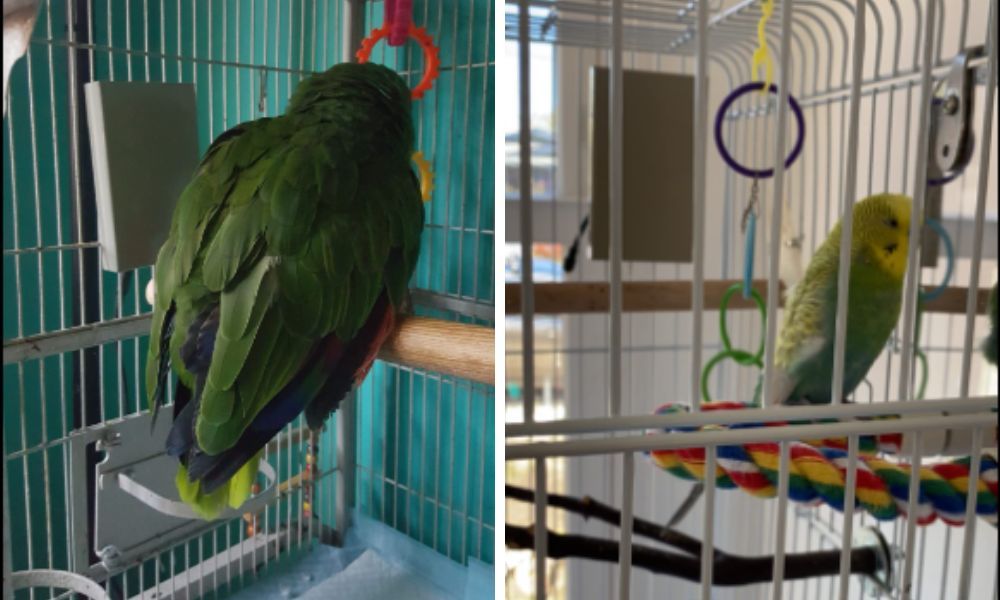
Bird Cage Heater FAQs
How do I keep my bird cage warm?
To keep your bird cage warm, you can utilize a high-quality thermostat and heater, ensure suitable location of the cage, and provide additional warmth through heating pads or blankets and many of the birds love them.
What temperature should a bird cage be kept at?
The ideal temperature for a bird cage is between 65-85 degrees Fahrenheit. However, this may vary depending on the specific needs of your bird species.
What heaters are safe for birds?
There are several safe heating options for bird cages, including ceramic heat emitters, infrared bulbs, and radiant heaters. It’s important to choose a heater specifically designed for use with birds and follow all safety precautions when using it. Additionally, some bird owners also opt for heated perches or snuggle huts for their birds to provide additional warmth. You can buy safe heater for Amazon, please read our blog about this topic here.
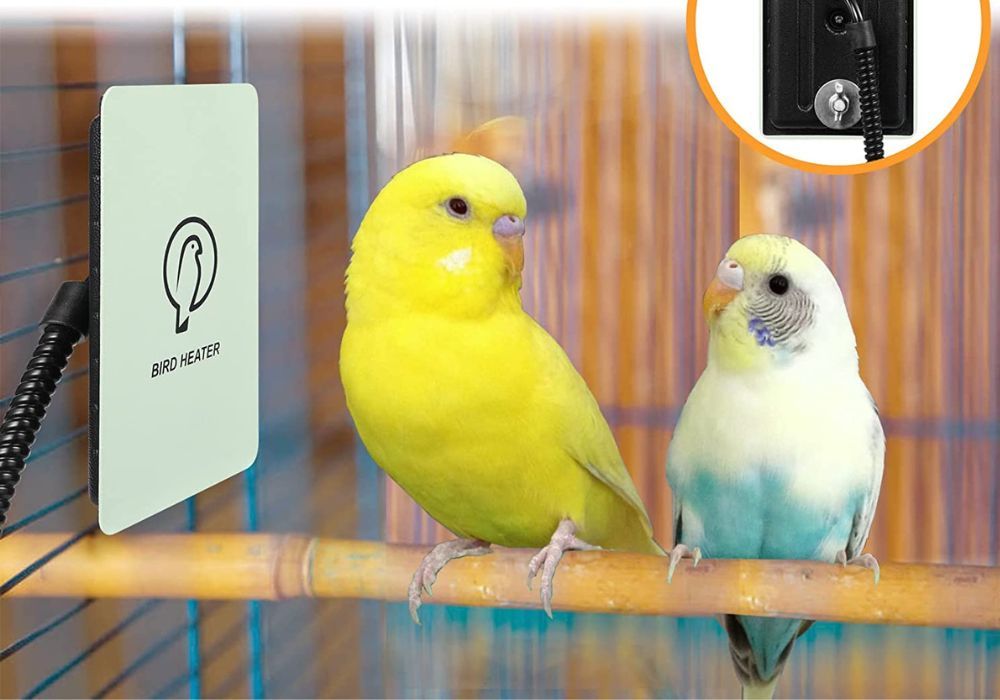
What is the the Snuggle Up Bird Warmer?
The Snuggle Up Bird Warmer is a specially designed thermo perch for birds. It provides a warm and cozy place for birds to rest, helping them regulate their body temperature and stay comfortable in colder environments. The Snuggle Up Bird Warmer is thermostatically controlled to help maintain a bird's ideal body temperature. This warmer uses harmless, 12-volt, low voltage electricity to heat the perch. It allows the entire body of your bird to rest on the heat source. The Snuggle Up Bird Warmer can be used in conjunction with other heaters or on its own to provide warmth for your feathered friend. It can be easily wipe cleaned with a damp cloth, soap and water. If you are concerned about your birds biting through the electric cord while outside the cage, it is recommend running it through PVC pipe to keep it safe.
Does my bird need a bird heater?
It ultimately depends on the temperature in your home and the specific needs of your bird species. Cold drafts, low temperatures & air conditioning can harm exotic birds . If you live in a colder climate or have a bird that is more sensitive to temperature changes, a bird heater may be necessary. This bird heater doesn't warm up the entire cage—it just safely produces heat in a small area that your bird can get close to. it can be easily attached to the cage bars. Consult with your avian veterinarian for expert advice on whether or not your bird could benefit from a heater.
What are signs that my bird is too cold?
Signs that your bird may be too cold include shivering, fluffing up its feathers to retain heat, and a decrease in activity. If you notice these signs, it’s important to take measures to warm up your bird and consult with a veterinarian if necessary.
Are heat lamps OK for birds?
Heat lamps can be risky for birds as they can cause burns, dry out feathers, and create a fire hazard. It’s important to carefully monitor the temperature and distance of the heat lamp from your bird to prevent any accidents or harm. It may be safer to use alternative heating options specifically designed for use with birds. You can purchase bird safe heat lamps that are specifically designed for heating bird cages. Pet bird bulb will heat your enclosure whilst also being energy efficient.
Should I cover bird cage in winter?
It is generally recommended to cover your bird's cage in the winter if you live in a colder climate. This can help retain heat and provide a sense of security for your bird. However, make sure to leave enough space for ventilation and ensure that the cover does not block any air vents or reduce air circulation. Alternatively, you can also place the cage in a warmer area of your home and provide additional heat sources such as a heater or heated perch. Consult with your avian veterinarian for specific recommendations for your bird's species.
How can I keep my bird warm in winter without a heater?
There are several ways to keep your bird warm in the winter without a heater, such as providing extra layers of bedding or fabric within the cage, using a heated perch, placing the cage in a warmer area of your home, and covering the cage at night. You can also consider increasing the temperature in your home or using a small space heater to warm up the room. Make sure to monitor the temperature and ensure that it does not get too hot for your bird.
Should you cover bird cage at night?
Covering your bird's cage at night can provide a sense of security and help reduce drafts and noise. However, it is important to leave enough space for ventilation and ensure that the cover does not block any air vents or reduce air circulation. It is also recommended to uncover the cage during the day to allow for natural light and social interaction with your bird.
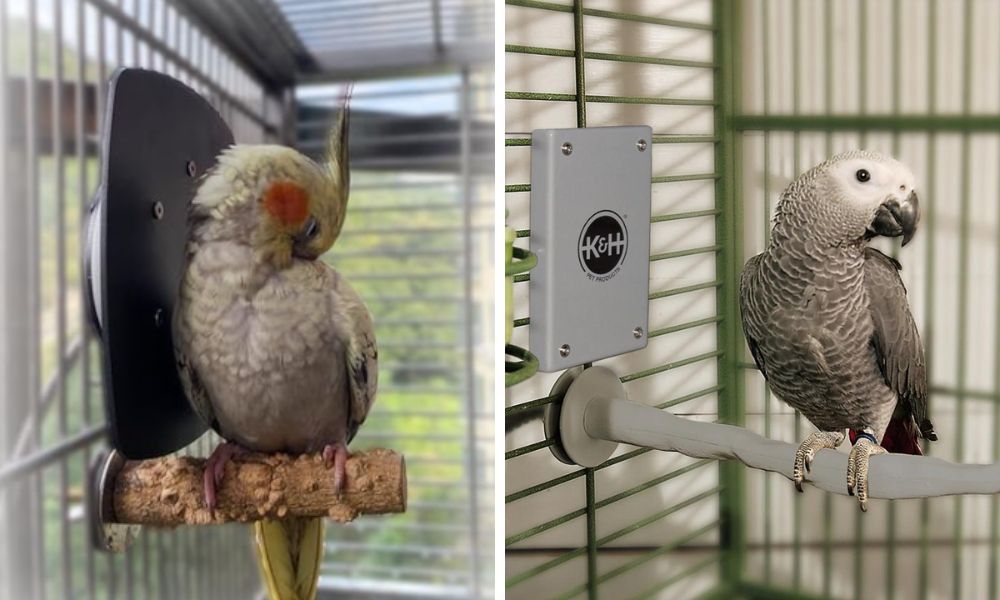
At the end...
The key takeaway here is that birds need consistent warmth in order to stay healthy and comfortable—the same goes for their living spaces! By making sure you know what type of birds you have and understanding their specific temperature needs, you can find ways like an electric heating source or thermostatically controlled heated perch to help keep them at an optimal temperature inside their cages. With proper placement and research about what kind of heating source works best for your particular feathered family member(s), you can ensure they live happily ever after with no worries about being too hot or too cold! Be sure to think about temperature regulation, heating time and durability!
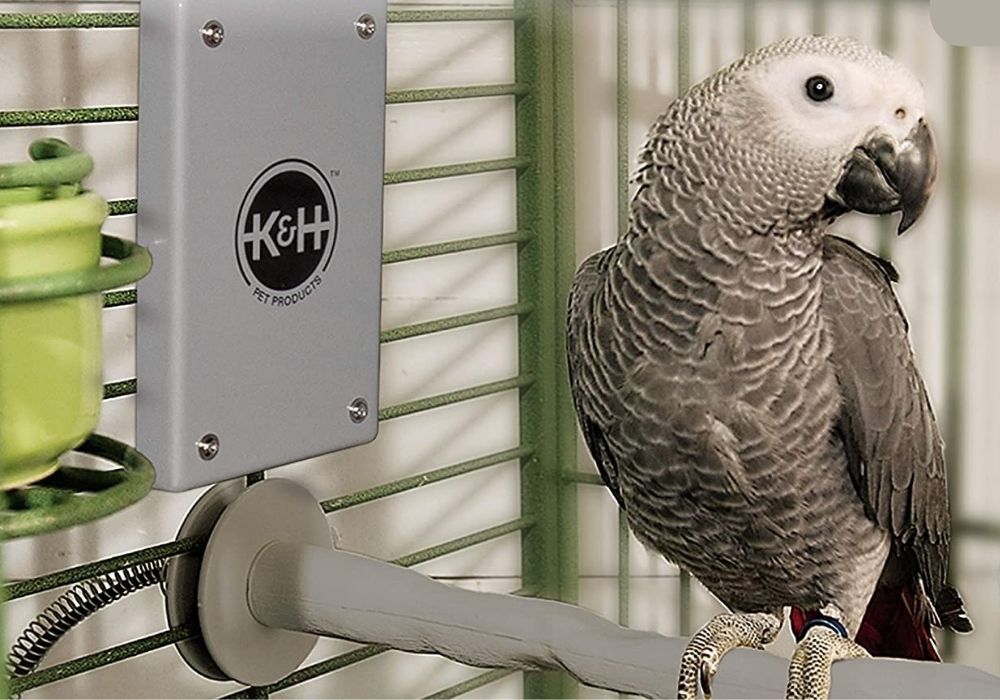
Whichever one you decide on, know that you can feel confident in your selection. So don't hesitate – tap the link below to see our selection of our selection of cage heater that fit your needs so you can buy something that both you and your friend will love and enjoy!

